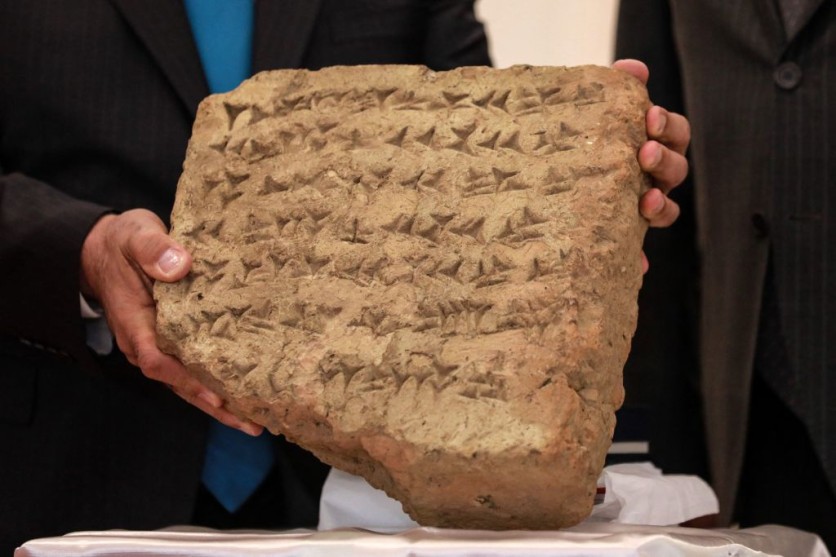To unlock the secrets of ancient civilizations, a new artificial intelligence (AI) application has emerged, breathing new life into deciphering ancient cuneiform tablets.
This AI technology utilizes 3D models and ditches conventional photo-based methods to elevate accuracy, Tech Xplore reported.

3D Models of Ancient Cuneiform Tablets
A collaborative effort between Martin Luther University Halle-Wittenberg (MLU), Johannes Gutenberg University Mainz, and Mainz University of Applied Sciences has resulted in the development of this AI tool.
Unlike conventional approaches that rely on photos, this AI system utilizes 3D models of cuneiform tablets, significantly improving the accuracy and reliability of the results.
The shift to 3D models enables a more thorough exploration of the tablet contents, facilitating comparisons between multiple tablets and offering the potential for novel research inquiries.
The researchers harnessed 3D models of nearly 2,000 cuneiform tablets, including around 50 from MLU's collection. Cuneiform tablets, estimated to number about 1 million globally, are artifacts dating back over 5,000 years, making them among the oldest surviving written records.
The challenge in deciphering these tablets arises from their composition as unfired clay chunks with pressed writing, coupled with the complexity of the ancient writing system encompassing multiple languages. Optimal lighting conditions and significant background knowledge are crucial for accurate symbol recognition.
Read Also : Archaeologists Uncover Extremely Rare 6-Sheep Carriage Near the Mausoleum of China's First Emperor
Optical Character Recognition
The research team proposed an innovative AI system based on 3D models to overcome these challenges. The AI system operates similarly to Optical Character Recognition (OCR) software, converting images of writing into machine-readable text.
This method offers several advantages, making the writing more accessible for reading and searching once converted into computer text.
Ernst Stötzner from MLU, who developed the AI system as part of his master's thesis under Hubert Mara, explained that while OCR traditionally works well with photographs or scans of ink on paper, it faces difficulties with cuneiform tablets due to the impact of light and viewing angles on character identification.
The team trained the AI software using three-dimensional scans and additional data, including valuable contributions from Mainz University of Applied Sciences in a significant edition project for 3D iterations of clay tablets.
The team reports that the AI system demonstrated proficiency in recognizing symbols even in photographs, which are typically considered poorer source material.
The success of this novel approach not only represents a significant breakthrough in deciphering cuneiform tablets but also opens up new avenues for research. The prototype currently excels at discerning symbols from two languages, although a total of 12 cuneiform languages are known to exist.
The software holds promise for deciphering weathered inscriptions, such as those found in cemeteries, that share a three-dimensional nature with cuneiform script. The findings of the research team were published in The Eurographics Association.
Related Article : Archaeologists Say Indonesia's Ancient Structure Could Be World's Oldest Pyramid Built by Human Hands

ⓒ 2025 TECHTIMES.com All rights reserved. Do not reproduce without permission.




